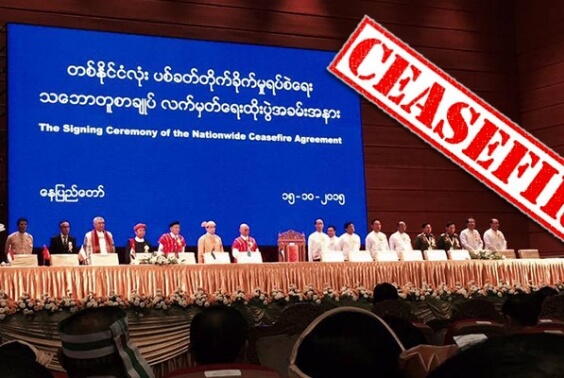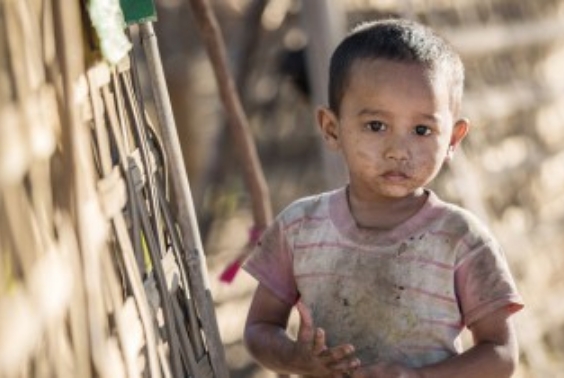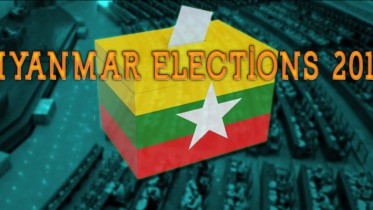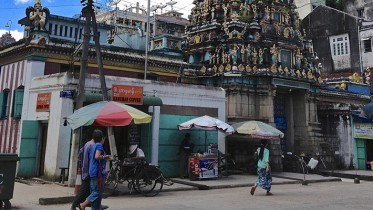- MYANMAR
Myanmar: Observations of the First Census in 31 Years
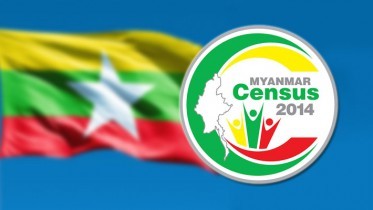
Myanmar began conducting its first national census in 31 years on 30 March 2014. The most recent prior census was in 1983, after which another one was not conducted due to the domestic political situation, among other reasons. Carrying out this new census has been characterized as vital for giving the impression both at home and abroad that democratic advances have brought internal stability. Meanwhile, the process leading up to the census has exposed issues Myanmar faces. In this essay I would like to consider some of these issues.
Issues Surrounding ‘official’ ethnic minority groups
The census was carried out from 30 March to 10 April. The Central Census Commission was established under the direction of the Ministry of Immigration and Population and it undertook the census with financial and technical cooperation from the United Nations Population Fund (UNFPA) and other sources. The interviewers, mostly primary and middle school teachers, were given instruction prior to the census. During the census they visited homes and entered respondents’ answers to queries on their questionnaires. Although the census was conducted on a “national scale”, surveying was impossible for some areas where insurgent forces of ethnic minorities refused to allow the census as well as for many of the Rohingya (detailed below) who decided not to participate in the census.
Beginning in April of last year, when the census was given a test run, organizations for ethnic minority groups and for Muslims complemented the government’s awareness campaign to encourage participation in the census by beginning their own awareness-raising activities, such as by initiating discussions about recording information on ethnic groups and giving detailed explanations of how to answer (or enter responses to) census questions. After it became known that questions concerning ethnic minority group affiliation would be answered by assigning a number for each of the officially recognized 135 indigenous ethnic groups and using these numbers in responses to the census, a number of objections were raised over categories and discrepancies in names. Therefore, multiple ethnic organizations sent petitions to the president and other officials demanding a postponement of the census. 1
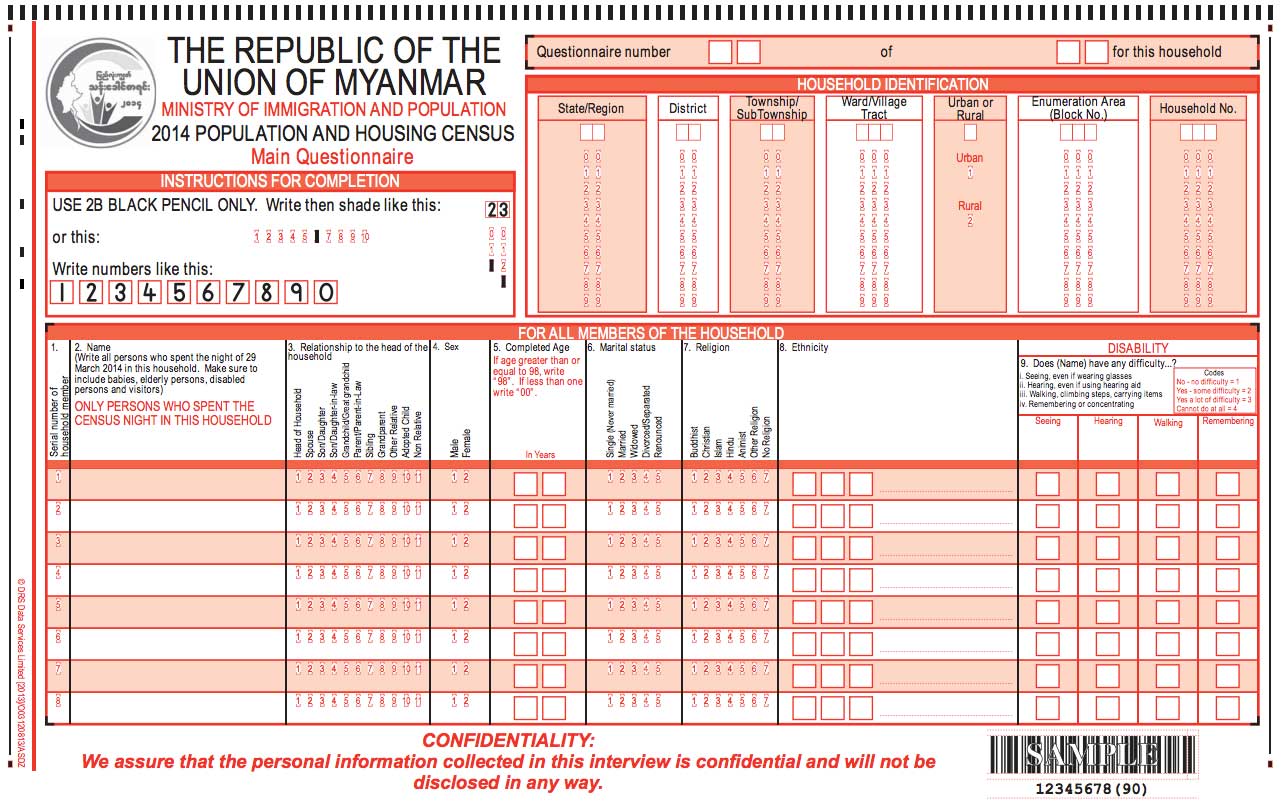
Ethnic minority groups have highlighted many specific issues. Problems with the questions on the answer forms included mistakes in the initial list of ethnic group names and entries concerning ethnic groups. For example, non-existent ethnic group names were listed, single ethnic groups were listed under different names in different regions, pairs of ethnic groups were listed as one group, and there was confusion over being able to select on the same level an ethnic group granted a state by the government as well as a subcategory included therein (e.g., the confusion caused by those in one group that is included in another group, by which respondents would expect both groups to apply, but only being able to select one group or the other). Furthermore, there were concerns that if respondents selected one of the initial 135 ethnic groups even if they did not actually fit within that group, then those whose ethnic group name or culture was not included might lose their rights. 2
The Minister of Immigration and Population responded to these concerns of ethnic minorities by saying that corrections and changes to the names of ethnic minority groups already on the list and other assorted matters would be handled after examining the results of the completed census, but no concrete plan was formulated and this became a source of concern for ethnic minorities.
“Other” Peoples
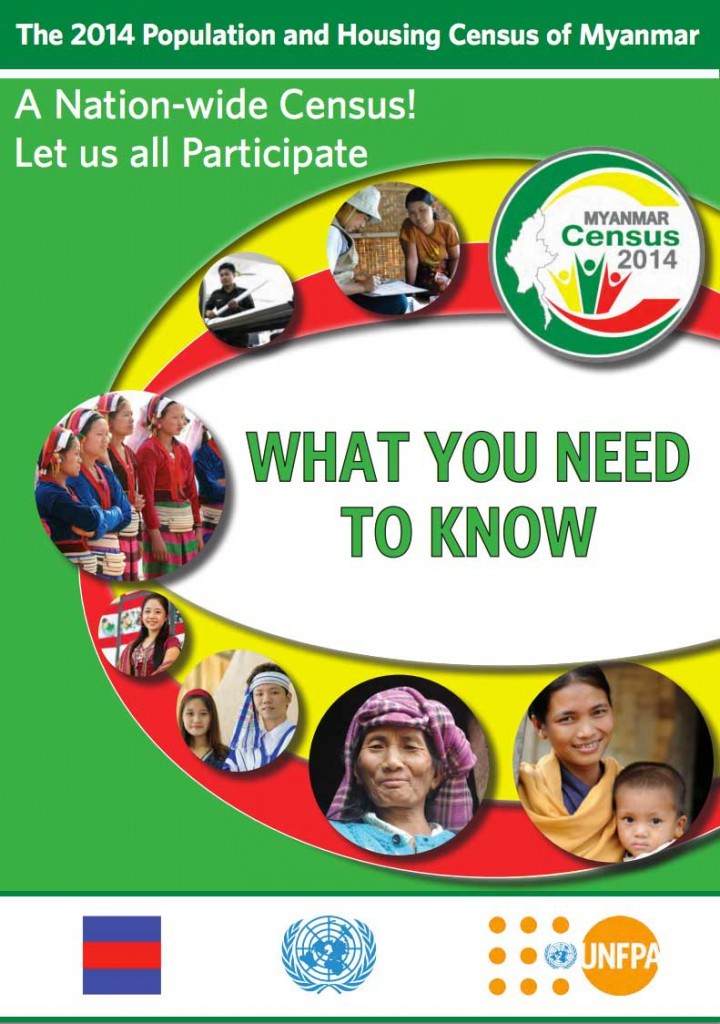
While on the one hand there are ethnicities not among the 135 ethnic groups who are worried about their rights, there has also been a reaction by those who foresee trouble if by some chance these groups assert their indigenousness. Frequent violence has occurred since in or around June 2012 in Rakhine State between the Buddhist Rakhine and the Muslim Rohingya, 3 but the government argues that the Rohingya is not the name of an indigenous ethnic group and that they are illegal Bengali immigrants from Bangladesh. The Rakhine declared that they would boycott the census if the government allowed respondents to enter “Rohingya” under No. 914, “Other”, when answering questions about ethnic groups. In the end, the government did not permit the Rohingya entry and urged respondents to answer with “Bengali”, but turned out to be counterproductive as it led those who call themselves Rohingya to boycott the census.
In addition, the Kaman, a subgroup within the Rakhine, are caught up in the hostility between the Rakhine and Rohingya because they are Muslims. They have received threats from the Rakhine—like those they made to the Rohingya—warning them not to answer that they are Kaman and to instead select No. 914, “Other”, and write in “Bengali”, otherwise the Rakhine will make it impossible for the Kaman to lead their lives in the region; this despite the fact that the Kaman were assigned a place in the census as ethnic group No. 702. 4
As for Muslims other than the Rohingya, there have been many problems about entries on identification cards for ethnic and religious affiliation, 5 and these Muslims approached the census with numerous issues and worries. Jointly and individually, multiple Islamic organizations each issue their views on what sorts of problems there are with the census and especially on how Muslims should answer questions about ethnicity and religion. On religion these groups are issuing notes of caution to answer with “Islam” and not with “Mohammedan”, “Muslim”, “Sunni”, “Shia” or the like, but on the ethnicity entry they gave suggestions for many specific cases. For example, some recommended selecting No. 914, “Other,” and writing an Indian ethnic group name such as Churia, Surti or Bengali; or writing an ethnic name often in ordinary use albeit not among the 135 indigenous ethnic group names such as Panthay (Chinese), Pashu (Malay), Pathi (a term dating from the dynastic period) or Rohingya; or if an indigenous ethnic group among the Burmans, then selecting the allotted number that suits oneself or to write in an answer. 6
The reason for addressing these specific cases is the uncertainty many Muslims who are not recognized as indigenous feel over how to enter responses. Meanwhile, Muslims have been observed worrying about these. Especially when an identification card is issued, people who were not permitted to enter “Burman” (or “Myanmar”) for their ethnicity because they are Muslims worried that they cannot have “Burman” entered as an answer in the census and were apprehensive that even if the interviewer does enter “Burman” as their ethnic group, their ethnicity or religion may be revised later on. In pamphlets and other materials prior to the census, there were notes stating that identification cards and the census are separate and that problems would not arise from differing entries between the two, but some people have been observed maintaining doubts over whether this is true. 7
Conclusion
In many cases the majority Buddhist Burmans were largely unaffected by the circumstances in which issues came to the surface through the census or pre-existing issues arose again due to the census and caused anxiety. How seriously do those who simply selected “Buddhist” and “Burman” take these opinions and apprehensions of those who have other ethnicities or religious identities? The current situation, in which the society is multiethnic while people living in it as minorities have cause for concern, is certainly not preferable. I believe we must also pay attention to the government’s response after the census results come out, based on the reality that the census holds more significance than as a mere population count.
Notes:
- 1. The Voice, Vol. 10, No. 6 (February 15, 2014, http://thevoicemyanmar.com/2013/index.php/the-voice-pdf/item/4573-1006pdf.html), pp.3-4. ↩️
- 2. Ibid ↩️
- 3. On the background of the hostility in Rakhine State, see Ayako Saito, “Background of anti-Muslim riots in Myanmar”, Ajiken World Trends (No. 220, February 2014), pp. 22-25. ↩️
- 4. Zar Ni. “Thagaung Sayin Kauk Yu Yar hnai Bingarli tha Yeiyan Kyauknimoe hma Kaman Myar Upadei cheinchauk khanzar nei ya”, March 27, 2014, http://www.m-mediagroup.com/news/25845, last viewed May 18, 2014. ↩️
- 5. On issues related to identification cards, see Ayako Saito, “Unseen ‘policies’ on Muslim residents in Burma: issues surrounding National Registration Cards”, Gengo to Chi’iki Bunka Kenkyu (2007, No. 13), pp. 1-16. ↩️
- 6. Obtained during research in March 2014. ↩️
- 7. From interviews in March 2014 in Yangon and Mandalay. ↩️

Institute of Asian Cultures, Sophia University




